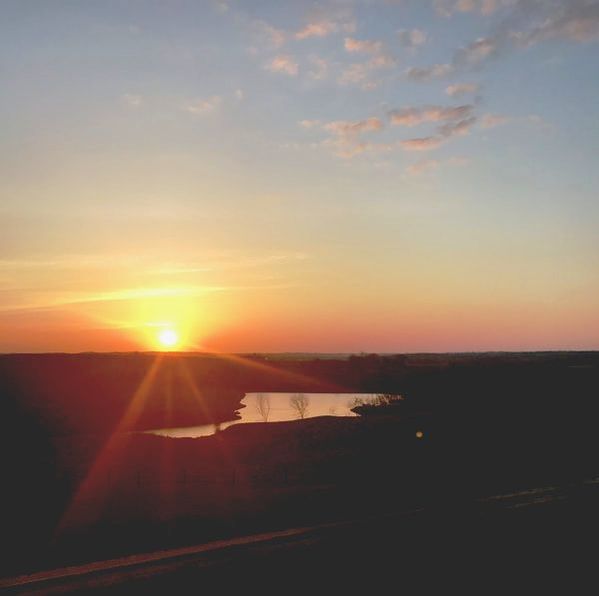|
In Eastern Iowa, one of our best natural resources is the scenic beauty of the landscape. And as part of the excavating industry, we take pride in working with our customers to develop their land into the properties of their dreams. Many of our rural property owners enjoy the privacy an acreage outside the city limits offers, but they also appreciate the opportunity that a piece of land can present. From creeks and streams to crops to livestock, rural property has potential to be built up or scaled back to the owner's needs. One of our favorite projects to be involved with is the constructing of ponds for our rural clients. These water features not only beautify the natural surroundings, but offer recreation for families, a water source for livestock, and habitat for wildlife. If you're thinking of adding a pond to your rural property, here are a few things you may want to consider: 1. Identify the source: how will your pond be filled? There are typically many options for this, but to keep your pond full, you may need a combination of any of these: surface runoff, groundwater (aquifer), springs, streams, and wells. Iowa DNR recommends 10-20 acres of watershed to maintain each surface acre of water. Depending on the desired size of your pond, local governance, and environmental impacts, you will need to assess which option is best for your and your property. 2. Assess your soil: Various soil types hold water differently. For optimal water retention, your pond will need a minimum 20 percent clay content. To assess your soil, several site samples may need to be taken to determine whether your desired location would need additional soil added. 3. Research permits and approvals: depending on your property's proximity to surrounding towns or public waterways, your building project may need prior approval from your local government before construction can get underway. As the property owner, you will need to select and contractor and work with him/her to learn about your location's unique codes and guidelines to ensure proper permits are secured. 4. Plan for wildlife: determine before the construction if you want your pond to be stocked with certain fish or which types of grasses and plants to install around your new pond. Incorporating these features will not only add to the aesthetic of your pond, but will also contribute to the recreational usage as well as continued health and aeration of the water supply. 5. Work with an experienced contractor: pond construction is a large project to undertake, one that you need to trust to an experienced professional. Depending on the size and purpose for your pond, you may need to call in a hydrological engineer and/or grading/excavating contractor to ensure proper protocols are followed. If you're ready to take the next step in your pond construction project, call Gravel Grading & Excavating in Cascade, Iowa. With years of experience in building water features for our clients and working in the Eastern Iowa surroundings, we've got the knowledge and the portfolio to give you what you want. See below for photos of some of our pond construction jobs and links for more information from some of our friends in the industry:
0 Comments
|
hereYou'll find all the newest products and services recommended by Terry and Gravel Grading & Excavating. Categories
All
Archives
April 2024
|


 RSS Feed
RSS Feed
